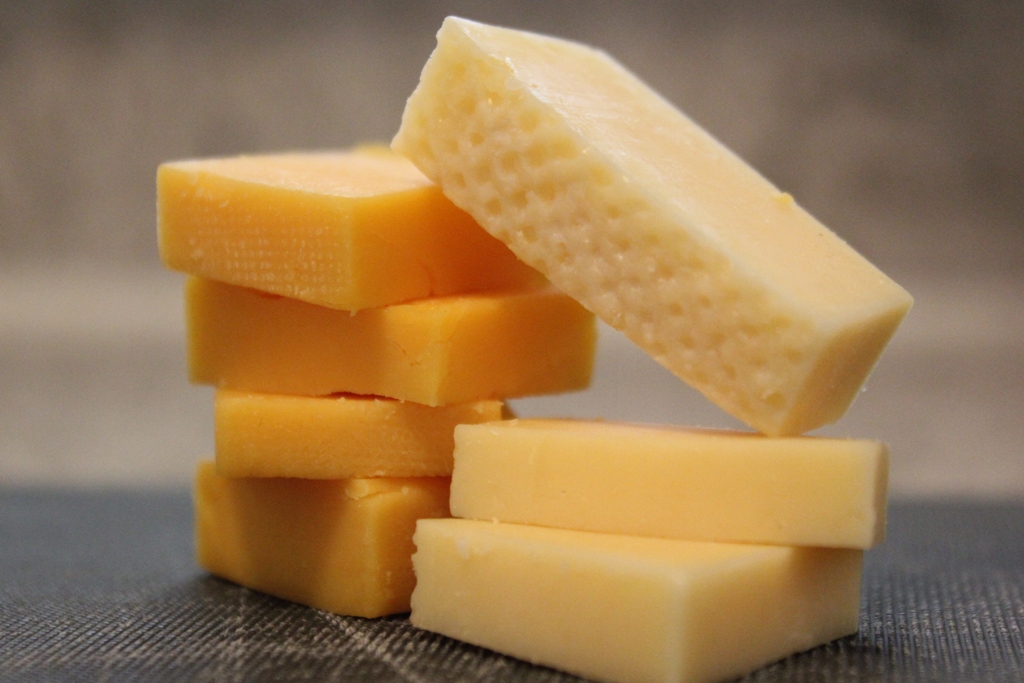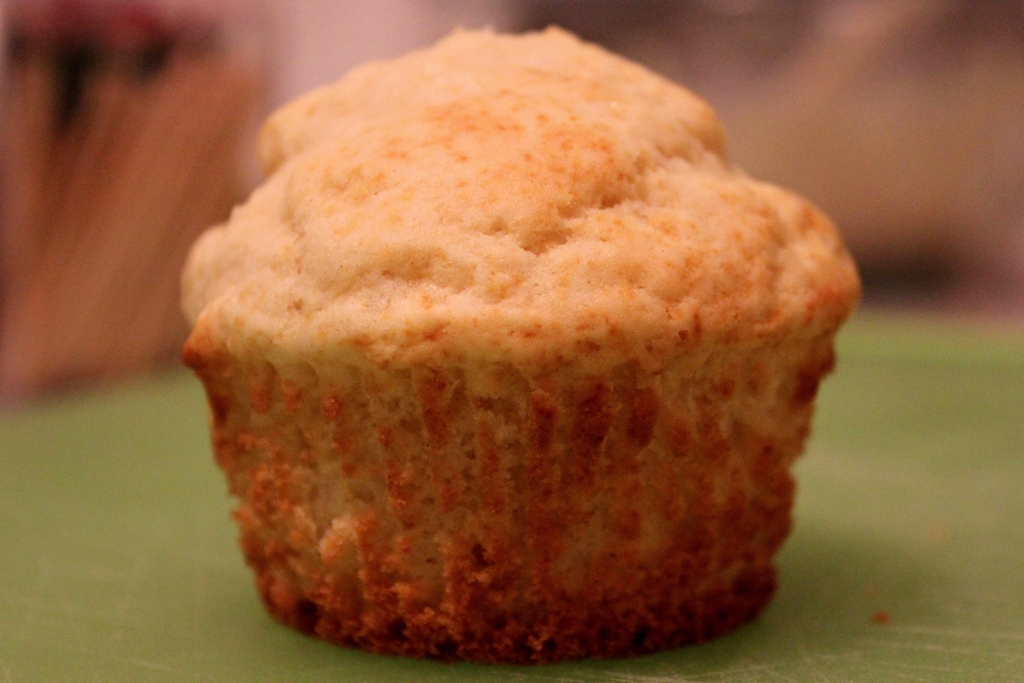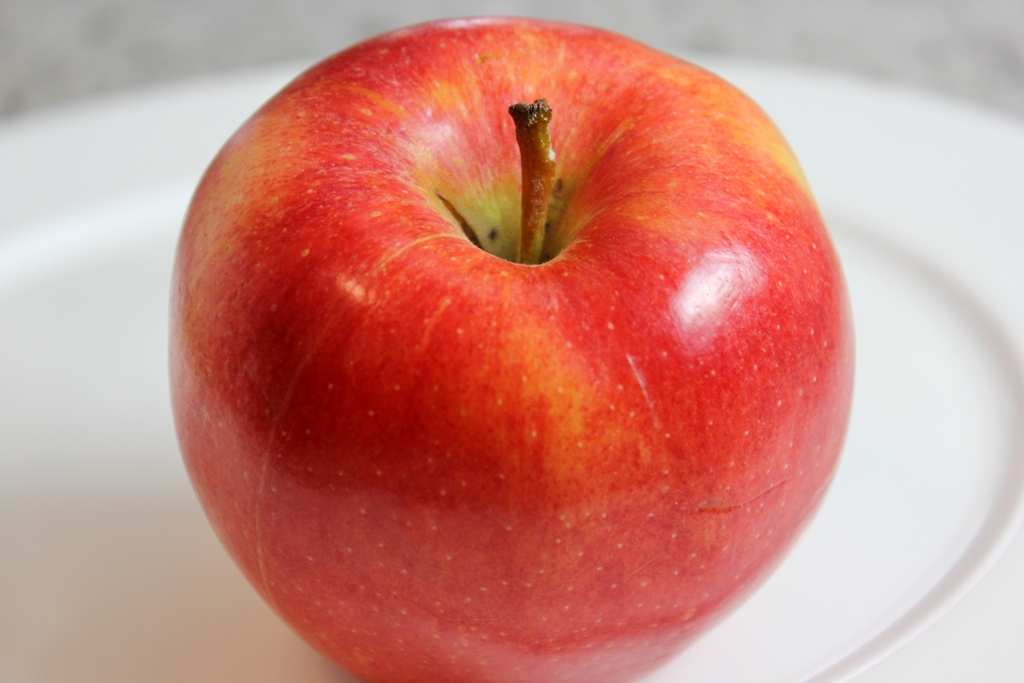This light and savory soufflé is bound to impress! Perfect as a first course for a romantic Valentine’s dinner, serve this soufflé on top of a lightly dressed salad. The goat cheese really shines through in this dish, so if you and your beau are not goat cheese lovers, cut it back or use your favorite soft cheese instead.
Soufflés have a reputation for being difficult to make, but that reputation is undeserved. In fact, they only require a few simple ingredients and can be made in advance. [Continue Reading…]













